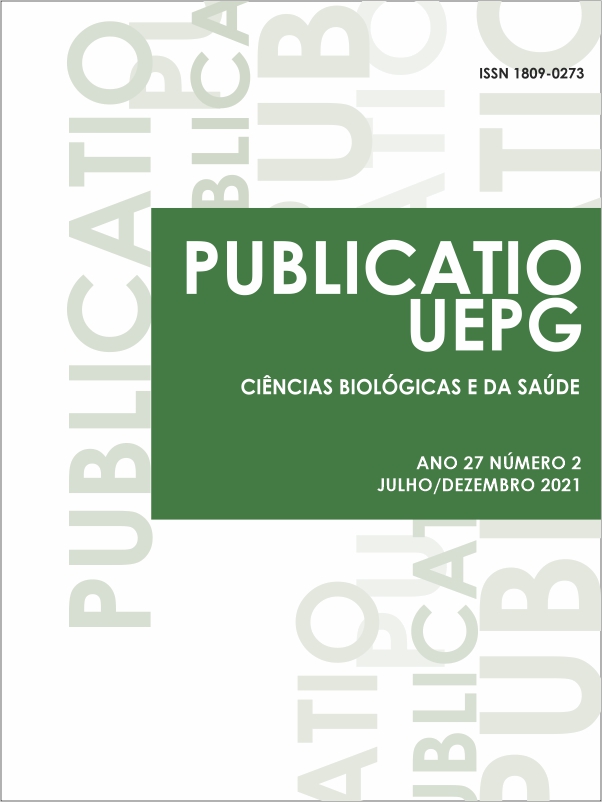Genomic editing by the CRISPR-Cas9 technique in HIV-infected cells: a narrative literature review
GENOMIC EDITING BY THE CRISPR-CAS9 TECHNIQUE IN HIV-INFECTED CELLS: A NARRATIVE LITERATURE REVIEW
Abstract
AIDS is a chronicle disease caused by the HIV virus, which compromises the host’s immunological system, leaving it vulnerable to opportunistic infections. The existing therapies may reduce the viral charge, however, they are ineffective in eliminating the latent forms of the virus. Furthermore, adverse and psychosocial effects have a significant impact on its users’ lives. As an alternative measure, molecular tools have been tested and perform importance in viral suppression. The recent technique CRISPR-Cas9 was developed from an adaptative system of bacteria against viruses. Fragments of exogenous genetic material are inserted in a bacterial genome and, when transcribed, associate to Cas proteins constituting a specific site cleavage machinery. In this paper of narrative bibliographic review, we described three mechanisms which CRISPR-Cas9 was utilized on HIV infection control through gene knockout in infected cells. Once it is dependent on the co-receptor CCR5 to interact with the host’s cell, the technique can trigger mutations in the CCR5 gene. Another measure was the utilization of the essential regions for HIV, furthering mutations in its genome and truncating the viral proteins expression. Furthermore, CRISPR-Cas9 was applied as an alternative to reactivate the latent forms by transcriptional induction utilizing SunTag and SAM transcription activator driver systems. Therefore, the CRISPR-Cas9 technique allowed remarkable results in the applications through different ways and demonstrating to be a potential molecular tool for the eradication of the HIV virus.
Keywords: genomic editing; AIDS, CCR5, gene knockout.
Downloads
Downloads
Published
Issue
Section
License

Este obra está licenciado com uma Licença Creative Commons Atribuição 4.0 Internacional.
Esta licença permite que outros distribuam, remixem, adaptem e criem a partir do seu trabalho, mesmo para fins comerciais, desde que lhe atribuam o devido crédito pela criação original. Este posicionamento está de acordo com as recomendações de acesso aberto da Budapest Open Access Initiative (BOAI).


